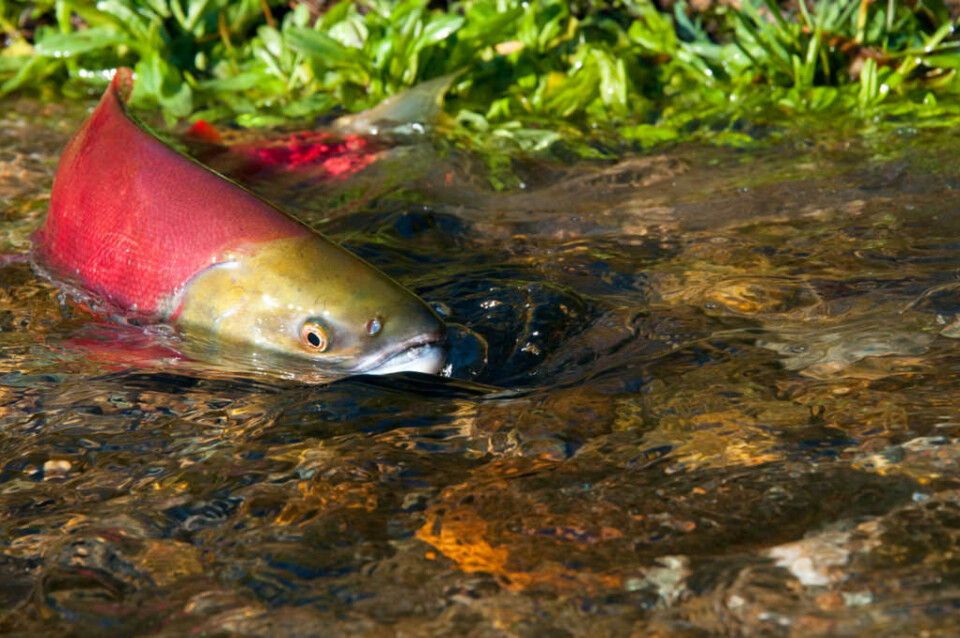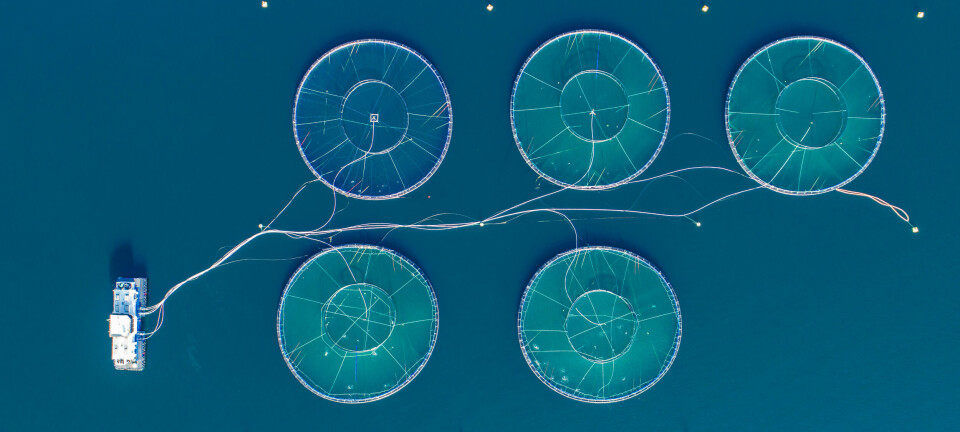
New research from Canada suggests PRV is not as deadly as once believed
Piscine Orthoreovirus(PRV) has been a hot topic in British Columbia(B.C.) and two new studies suggest that the strain of PRV in coastal waters might not be the reason for the declining salmon populations.
The Canadian Science Advisory Secretariat (CSAS) has concluded that strain of PRV found in B.C. salmon is not as lethal as once thought.
There are two new studies suggesting that B.C. salmon with high viral loads of PRV can still live healthy lives.
The Pacific Biological Station on Vancouver Island and the provincial government’s Animal Health Centre conducted one study that has been published in Scientific Reports. The study found that Heart and Skeletal Muscle Inflammation(HSMI) which is found when salmon have heart lesions was found in fish that were not infected with PRV.
"Although the presumed commonality for the heart and skeletal muscle lesions in these Canadian studies relative to HSMI diagnosed in Norway is the causation by PRV, there is far less evidence in Canada to support that PRV is indeed the key component for initiating this disease state,” said the study.
Causative agent of the disease
"Consequently, if HSMI diagnosis is based solely on histopathological heart lesions which can occur in the absence of PRV, then PRV cannot be assumed to be the causative agent of the disease, but rather one of multiple stand-alone or synergistic putative factors.”
PRV seems to have different effects in salmon from Canada and salmon from Norway. Researchers do not know why this is however it could be due to genetic differences in the fish.
Frontiers in Physiology
The second study was published in Frontiers in Physiology. Reseach was lead by the University of British Columbia located in Vancouver and the Pacific Biological Station located on Vancouver Island. Scientists infected healthy salmon with PRV and tested respiratory performance. Another control group of healthy salmon without PRV was also tested for respiratory performance. The result: some symptoms of HSMI were found in both groups.
"The lack of functional harm to Atlantic salmon infected with PRV highlights that, in a current era of unprecedented virus discovery, infection does not necessarily imply bodily harm and viral load is not always a suitable predictor of disease within a host organism," said the study.
Federal court
In February the Department of Fisheries and Oceans was ordered by Federal Court to review its policy for not testing salmon smolts destined for open net sea cages. On Tuesday the Fisheries and Oceans Minister Jonathan Wilkinson said that the government is not going to change its policy to test for PRV in smolts however a review of testing policies in underway.
"It is possible that the Minister will still conclude that it is appropriate to maintain the PRV policy, or in other words, that it is not necessary to test for Piscine Orthoreovirus (PRV)", said a statement put out by the office of Jonathan Wilkinson, Minister of Fisheries and Oceans. "The court did not order DFO to test for PRV prior to authorizing transfers of smolts to aquaculture facilities, or prior to releasing smolts in the wild."
Furthermore, fish farming activist Alexandra Morton and the Namgis First Nation from Alert Bay argued in Federal Court that independent research suggests that PRV has strong links to HSMI.
Morton argues that infected farmed Atlantic salmon pass the virus on to wild pacific salmon passing by farms located in coastal waters resulting in a transfer of the virus. Morton and the Namgis First Nation believe that the decline of the wild salmon population is due to PRV and HSMI while two new studies from the west coast of Canada suggest otherwise.




















































